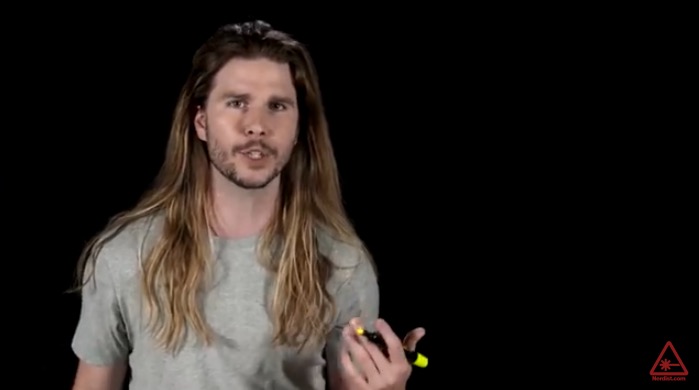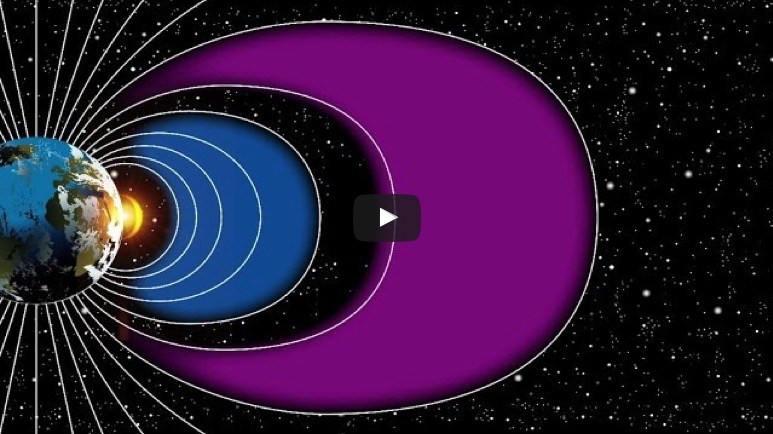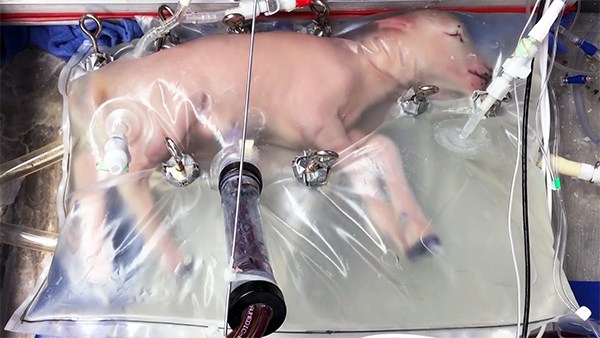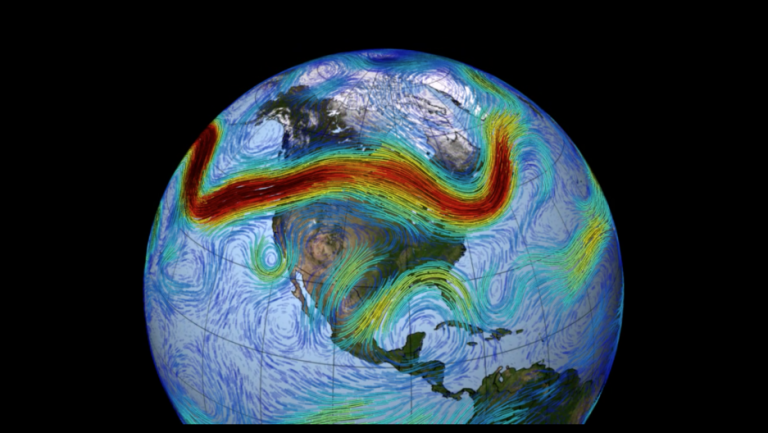Science
SCIENCE: We’re Changing Near Earth Space Weather Too
Our Cold War history is now offering scientists a chance to better understand the complex space system that surrounds us. Space weather — which can include changes in Earth’s magnetic environment — are usually triggered by the sun’s activity, but recently declassified data on high-altitude nuclear explosion tests have provided a new look at the mechanisms that set off perturbations in that magnetic system. Such information can help support NASA’s efforts to protect satellites and astronauts from the natural radiation inherent in space. From 1958 to 1962, the U.S. and U.S.S.R. ran high-altitude tests with exotic code names like Starfish, … Read more
STUDY: Plants Can Detect the Sound of Water
Pseudoscientific claims that music helps plants grow have been made for decades, despite evidence that is shaky at best. Yet new research suggests some flora may be capable of sensing sounds, such as the gurgle of water through a pipe or the buzzing of insects. In a recent study, Monica Gagliano, an evolutionary biologist at the University of Western Australia, and her colleagues placed pea seedlings in pots shaped like an upside-down Y. One arm of each pot was placed in either a tray of water or a coiled plastic tube through which water flowed; the other arm had only … Read more
U=(N/T)M*G: Overload
To quote one of the science articles I found on this week’s topic: “Biology is really one big horror story.” And some of the links you find herein are pretty damn creepy, too. From the voodoo Queens of New Orleans to the always classic Night of the Living Dead, zombies are a science fiction and horror staple. And I know what you’re going to say. “Tabitha, what do zombies have to do with science? Because that’s crazy talk.” That is sorta true, after a fashion. It depends on what part of science one looks at. Shambling, rotting, undead husks of … Read more
SCIENCE: What Will Humans Be Like in a Thousand Years?
TechInsider tackled the question, and found that humans will probably incorporate more bionic parts, be taller, and may finally crack the secret to immortality. And after all that time, we will likely be even closer to our machines, if we don’t destroy the planet and ourselves first. By Rob Ludacer and Jessica Orwig – Full Story at SOURCE
SCIENCE: Sheep Grown in Artificial Wombs
Eight fetal lambs were successfully developed to term in artificial wombs at The Children’s Hospital of Philadelphia Research Institute, in a study whose results were published last week in the journal Nature Communications. They were equivalent in human terms to 22 to 24 weeks of gestation at the start of the experiment, providing a potential template for the care of extremely premature infants, who represent about 6 percent of premature births in the United States, which make up about 10 percent of all births. The remarkable feat was accomplished through the use of “Biobags” that mimic the natural conditions of … Read more
U=(N/T)M*G: 410
Full disclosure: I’m a city girl. I’ve spent most of my life it cities, clocking the majority of it in San Diego. And even though I’m stuck in this one-horse town pretending to be a metropolis, that’s Tucson by the way, I still keep up with what’s going on in the big roiling cauldrons of humanity. It’s no secret that our world is in trouble because of CO2 overload caused by a huge amount of human activity. In fact, we just hit 410 ppm of CO2 in the atmosphere. But it’s the reaction that got me thinking. An offhand comment … Read more
Where No Gay Has Gone Before: Fashionistas in Space!
When many of us hear the word ‘fabrics’, we immediately think of avant-garde, haute couture dresses, the latest fashions from Paris, or ‘who-is-wearing-who’ on the Red Carpet. In space exploration, however, fabrics have more applications than for just snazzy clothes, like antennas, spacesuits and shields for spacecraft. Raul Polit Casillas, a systems engineer at NASA’s Jet Propulsion Laboratory in Pasadena, California, is the son of a fashion designer from Spain, so he grew up familiar with fabrics. Now he is applying his knowledge and skills to develop woven metal fabrics for applications in space. The fabrics that Polit Casillas and … Read more
U=(N/T)M*G: Edit
From the mythical Kraken to the potential future Squibben, octopodes have terrified a lot of humanity for as long as we have known of the existence of these curious creatures. And wild. Did I mention these cephalopods are wild? Because they’re basically the closest we currently have to aliens on this planet. From a human point of view, these creatures may seem to be just another lower lifeform that shares our planet, on the same level as cats, dogs, crows and dolphins. Smart, but not as smart as us. Recently, however, we may have discovered something a little different. As … Read more
SCIENCE: Climate Change and Extreme Weather Events
The Polar jet stream carries weather systems around the northern hemisphere. New research finds that warming in the atmosphere due to carbon pollution is disrupting its flow and contributing to dangerous extreme weather events. Credit: NASA/Goddard Space Flight Center Scientific Visualization Studio President Donald Trump may be trying to scrub his predecessor’s initiatives to fight climate change from just about every corner of the federal government — Exhibit A being this week’s executive order aimed at undoing Barack Obama’s Clean Power Plan — but the reality of the climate crisis is not going away. And the dangers we’re facing may … Read more












